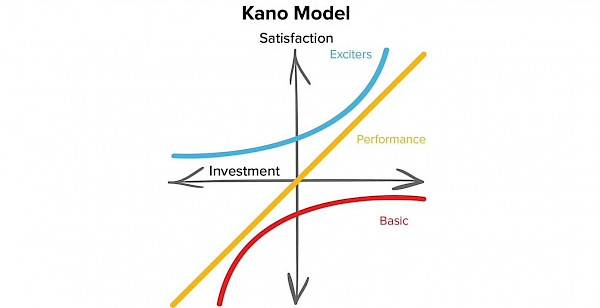Episode transcript The transcript is generated automatically by Podscribe, Sonix, Otter and other electronic transcription services.
0 (0s):
1 (49s):
1 (1m 34s):
1 (2m 19s):
1 (3m 11s):
1 (4m 2s):
1 (4m 46s):
1 (5m 29s):
1 (6m 14s):
1 (6m 55s):

